| Acts of kindness can spread surprisingly easily between people — just by observing someone else being generous. They activate parts of the brain involved in motivating action and of social engagement, a new study finds. In turn we are also more likely to 'pay it forward'. Scientists call this the 'moral elevation' effect. The first evidence from the lab of this effect was found in 2010. Researchers at the University of California, San Diego and Harvard demonstrated moral elevation by having people playing a simple 'giving' game in the lab. When people gave selflessly to others, researchers could see this act of kindness spreading from person to person. |
Dr James Fowler, one of the study's authors, said: "Though the multiplier in the real world may be higher or lower than what we've found in the lab, personally it's very exciting to learn that kindness spreads to people I don't know or have never met. We have direct experience of giving and seeing people's immediate reactions, but we don't typically see how our generosity cascades through the social network to affect the lives of dozens or maybe hundreds of other people."
Now neuroscience has given us an insight into what is happening in the brain when we see an act of kindness. Researchers scanned people's brains while they watched videos showing heroic acts of kindness. They found that areas of the brain involved in arousal and those involved in social engagement were activated at the same time.
Professor Nicholas Christakis, one of the 2010 study's authors, said: "Our work over the past few years, examining the function of human social networks and their genetic origins, has led us to conclude that there is a deep and fundamental connection between social networks and goodness. The flow of good and desirable properties like ideas, love and kindness is required for human social networks to endure, and, in turn, networks are required for such properties to spread. Humans form social networks because the benefits of a connected life outweigh the costs."
The original study was published in PNAS and the latest study was published in the journal Biological Psychology (Fowler et al., 2010; Piper et al., 2015).


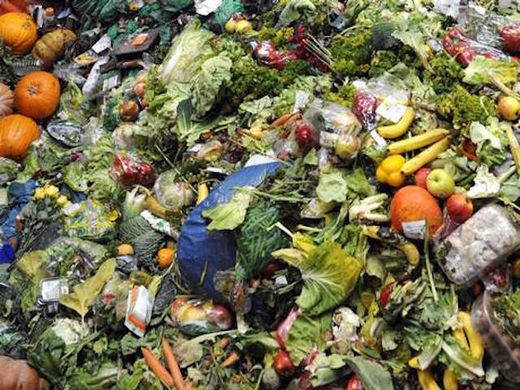

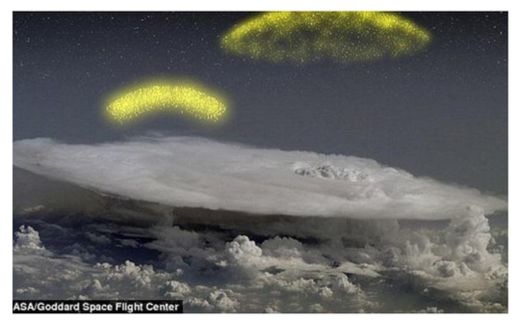


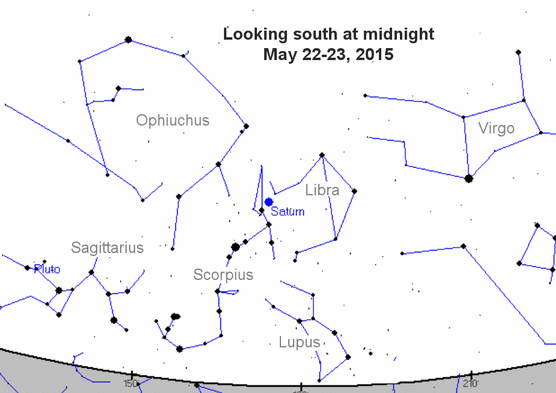
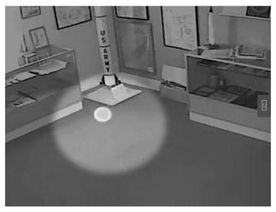



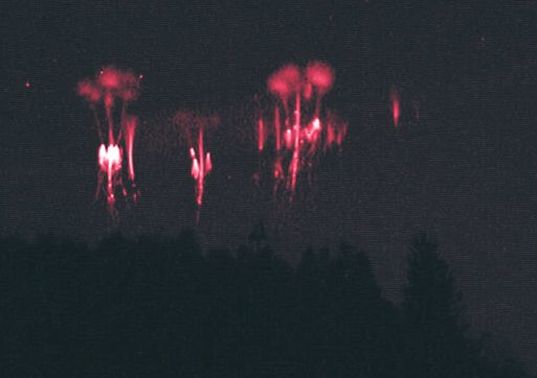
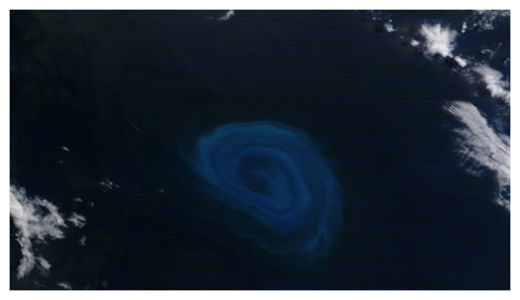



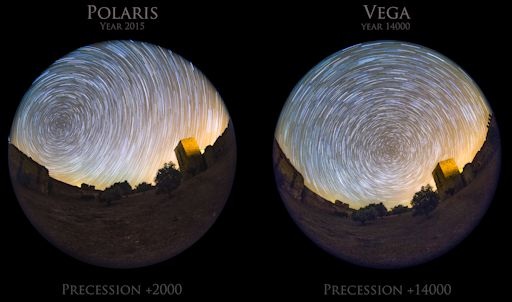
 RSS Feed
RSS Feed